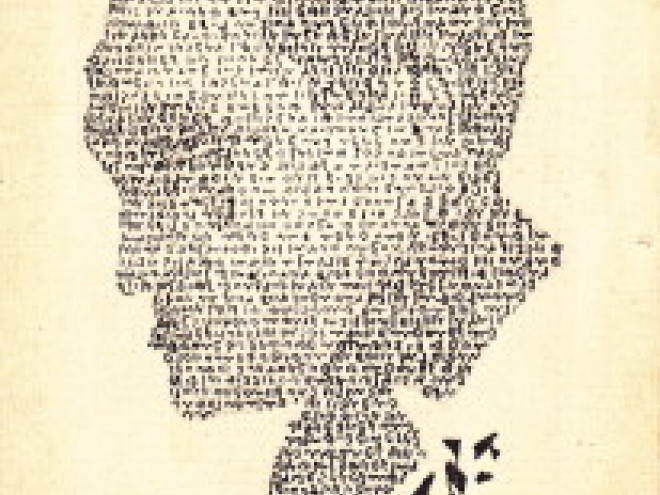Written (and serialized in the Minsk-based Yiddish monthly Shtern) between 1929 and 1935, Moyshe Kulbak’s The Zelmenyaners: A Family Saga, is the funniest Yiddish novel about Soviet central planning you’ll read this year.
As Sasha Senderovich writes in his excellent foreword to Hillel Halkin’s new translation, The Zelmenyaners was “conceived, published, and circulated in an era of unprecedented social transformation.” Kulbak depicts that transformation through the conflicts which arise between the generations of the (extremely fertile) Zelmenyaner family, all of whom live together in a traditional style hoyf or courtyard.
Even the hoyf isn’t immune from change. In a characteristically poetic move, Kulbak has the body of the hoyf grow (and age) just as the family does. For example, when Soviet electrification (and electric light) comes to the Zelmenyaner family, everyone is touched, none more so than the buildings of the hoyf, through which the power lines bring light, and a radio antenna atop the roof brings glimpses of a changing world.
Though it’s definitely comic satire (and laugh out loud funny), the tone of The Zelmenyaners is always more sweet than sour. Kulbak brings a poignancy to his observations of a family, and a place, for which he clearly feels much affection.
Be sure to check out the Jewish Book Council’s “Yiddish Literature” book club reading list.





